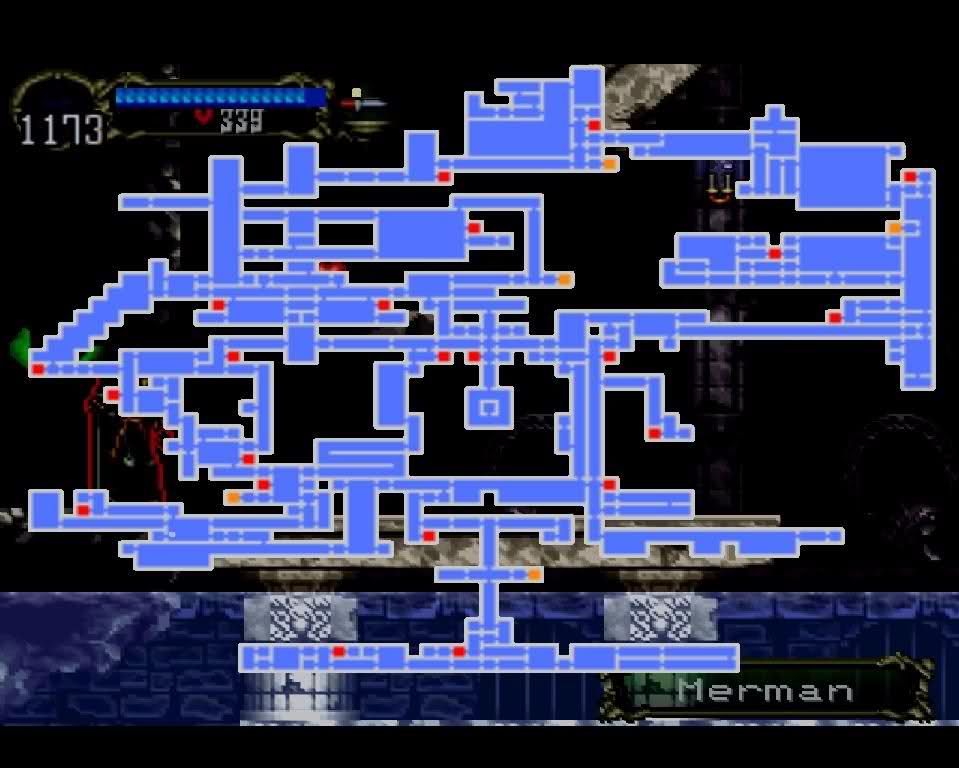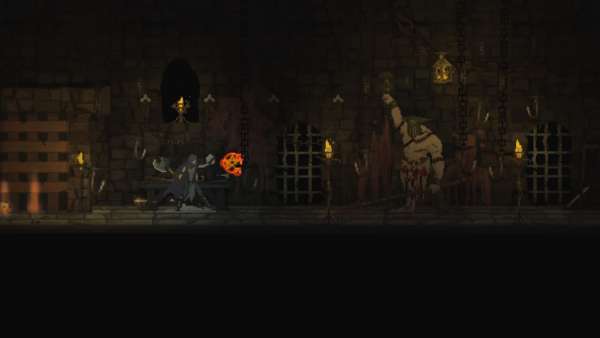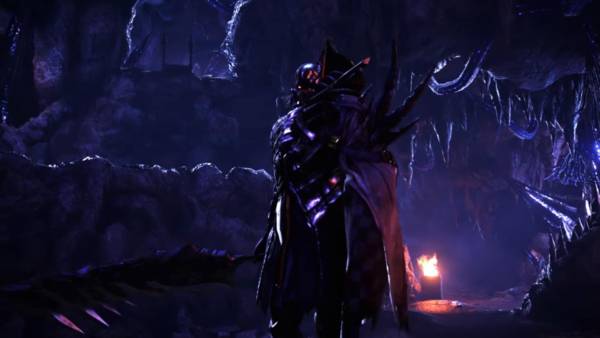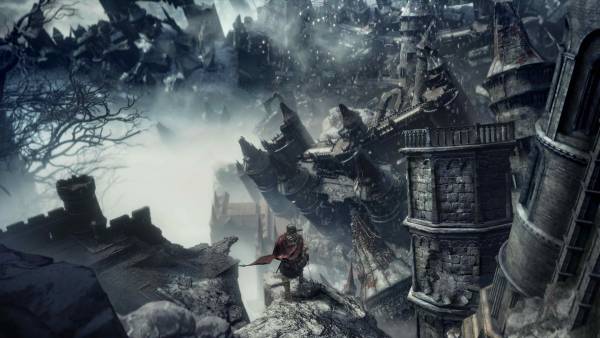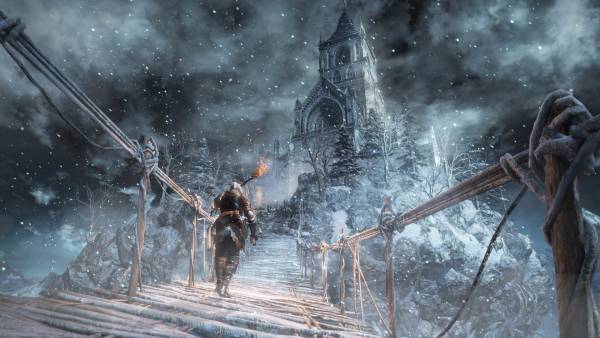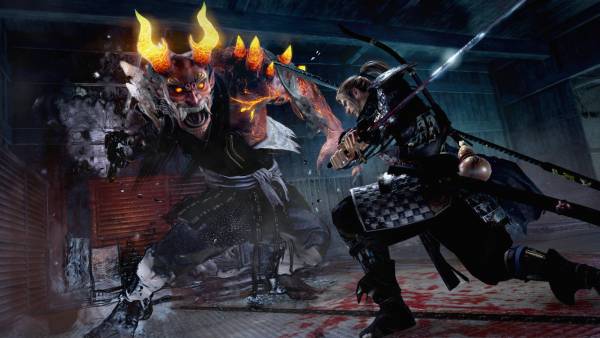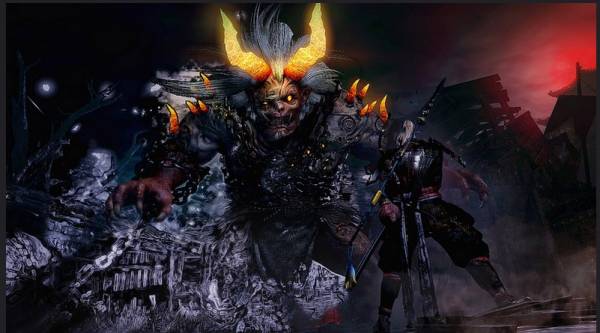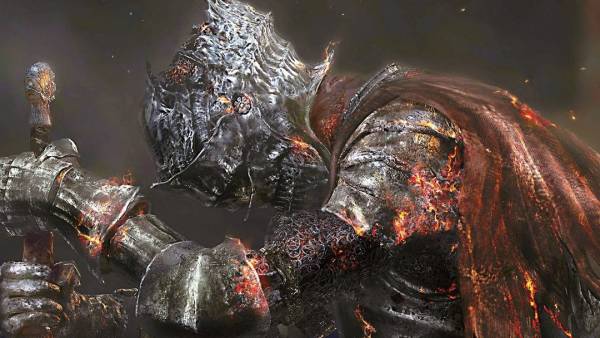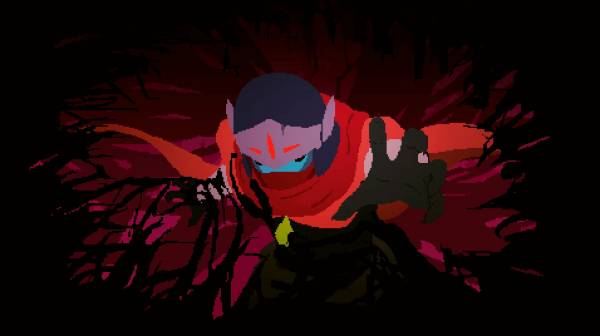When playing through Dark Souls, I had wilfully gotten lost in Lordran, the setting of FromSoftware’s epic action-RPG. After endless exploring and cautious movement through the Lower Undead Burg level, I unlocked a door somewhere, ran through a tunnel, and was overcome by a feeling of familiarity and déjà vu…when it hit me: “I know where I am, I’m here!!” The tunnel lead to the game’s hub area, known as Firelink Shrine, granting access to a shortcut between the two areas.

Dark Souls’ level design is one of the strongest ingredients in its secret sauce.
That sense of discovery, of intrigue, and of acquiring knowledge despite the fact I technically back-tracked; all of it stems from the fact that Dark Souls is what some people might call a Metroid-Vania.
You may have at some point in your travels across the internet, come across the term Metroid-Vania. The term obviously refers to two famous gaming series, Nintendo’s Metroid and Konami’s Castlvania, but when people use the term they aren’t just talking about these two games.
Metroidvania refers to a type of progression we see in many games. You’d be surprised by how many games fit the bill (Dark Souls is just one example). So let’s try and define what it is that makes a Metroid-Vania game tick, and why gamers love it so.
The Metroid games and the later Castlevania games (basically starting from Symphony of the Night) both did away with a linear path of level-to-level progression and instead gave players an open-world to explore. But the genius lies not in the open-world, rather the fact that the open world is, for the most part, closed.
In a typical Metroidvania game, you’ll start with very little of the world open to you, save for maybe one or two sections. You play through this section and maybe unlock a new piece of the over-world or a new skill that will let you open places you couldn’t before. You found an obstacle and then found the means to overcome it, which is an incredibly rewarding experience, and is fundamental to game and level design. These games do a fantastic job of making you believe you’re organically discovering new things, when of course there is still technically only one way through the game (in most cases). By pulling off the illusion of exploration so well, Metroid-Vanias often succeed in driving a sense of discovery to us players where other games can fail.

Wondering how to get this Riddler Trophy and then finding the Batclaw is a great feeling in Arkham Asylum.
This setup – an intricately connected open world with bits closed off until you complete parts of it in order – apparently works so well that the idea continues to be employed in the modern era. Capcom’s recent remake of Strider, indie titles like the well-received Guacamelee as well as blockbusters like Tomb Raider, Batman: Arkham Asylum and even Shenmue all qualify for the Metroidvania moniker.
Developing a world such as Lordran or Arkham Asylum allows developers to achieve a lot using only a little. You can create a secret passage between two existing areas and deliver the immense satisfaction I described earlier without having to have built a new area or have written a cutscene, or programmed a complex puzzle, and it is here where the phrase “less is more” rings true. These games are required reading for any budding level designers who want players to think about how the level they’re in fits into the overworld.
The fact that there are parts of the world that are closed off doesn’t detract from the game, it merely adds to it.
At the end of a game like Dark Souls or Batman: Arkham Asylum, you have all the tools, all the upgrades, all the doors unlocked and all of the world’s secrets exposed. This gives a feeling of accomplishment and makes players feel like they’ve conquered the game’s setting. Having a small world with lots of little hidden intricacies and secrets gives these places more character, and is often better than having a larger world but with fewer nooks and crannies.
The Metroid-Vania style of game design is one that should continue to develop, and in a world where hyper-linear one-sitting FPS campaigns like the ones that dominated the last generation of consoles seems to be dying out, more games with more thoughtful, interconnected worlds will hopefully come out of the woodwork, and we’ll be here, ready and waiting to explore them, backtracking and all.
